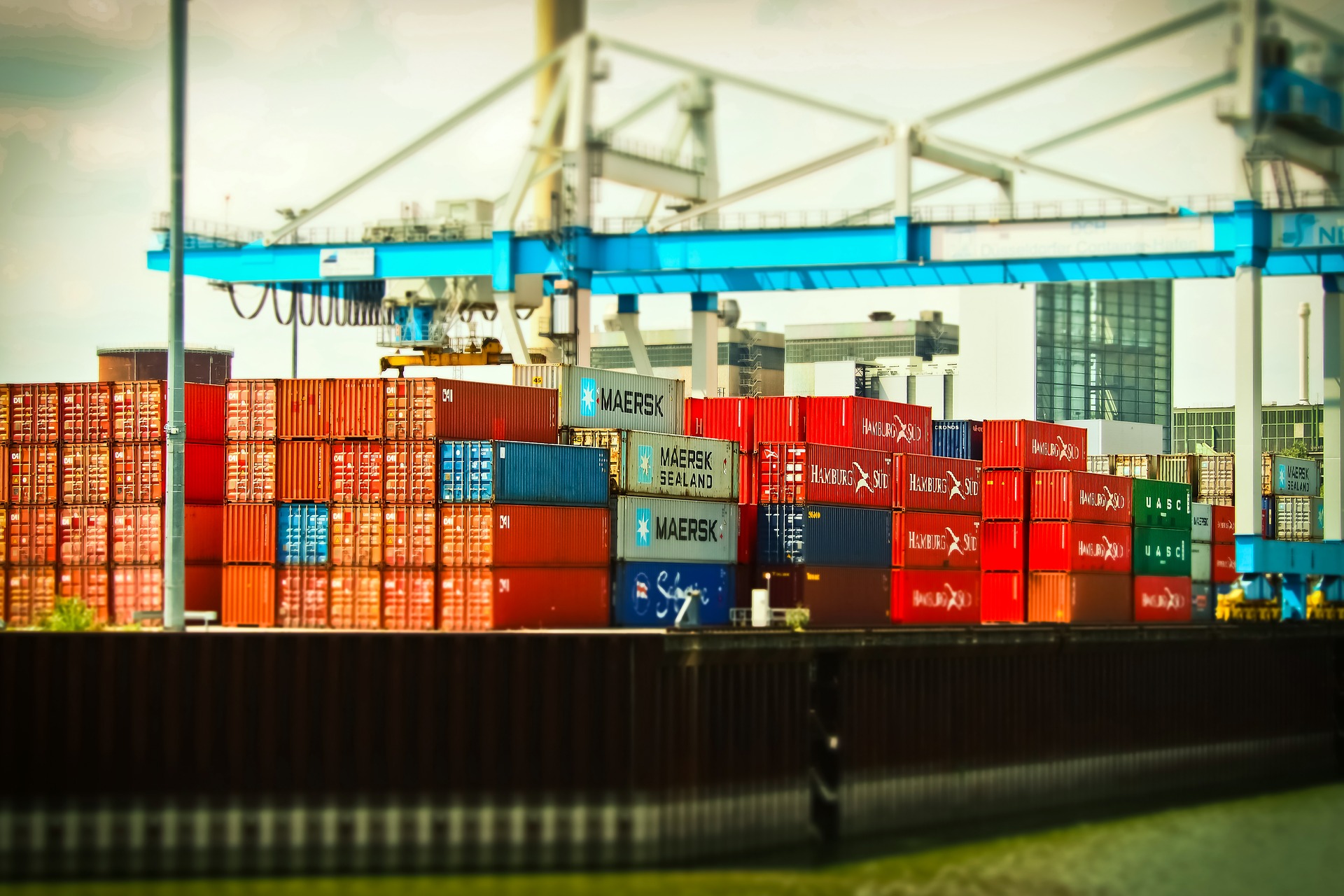 NEWS
NEWS
 NEWS
NEWS
 NEWS
NEWS
When Docker, Inc. containers first burst onto the scene a few years back, many saw the technology as an existential threat to VMware Inc.’s virtualization empire. But instead of trying to contain the threat, VMware did just the opposite embraced it instead.
VMware first announced a preview of its vSphere Integrated Containers at last year’s VMworld event, and yesterday expanded on that effort, announcing a new container management portal called “Admiral” and a new enterprise container registry dubbed “Harbor”.
VMware’s main pitch regarding vSphere Integrated Containers is that Docker containers are inherently more secure when running inside a hypervisor rather than outside of one. In addition, the company argues that containers can benefit from some of the existing tooling in vSphere. During his VMworld keynote address yesterday, VMware’s vice president and general manager of cloud-native apps said that vSphere Integrated Containers now enables users to launch containers inside vSphere virtual machines.
“We heard from customers that they need more,” Colbert said.
At the top of VMware’s customer’s demands was a place to store containers securely, Colbert said. That’s the premise behind the Harbor container registry, which is based on the open-source Docker Distribution project, which in turn is the new version of the Docker registry, or Docker Hub, where Docker images are stored and deployed.
Another big demand from VMware customers was the need for a separate management portal for containers, which is where Admiral comes in.
“vSphere administrators don’t want to give application and development teams access into vSphere,” Colbert explained. “So they need a place for the app teams to go and manage containers, which is exactly what we’re providing with vSphere integrated containers now.”
Al Hilwa, Program Director of Software Development Research at International Data Corp. (IDC), said that today’s developments look to be an effort by VMware to help what he calls “traditional IT” reach the “promised land of digital transformation”.
“The fact is, many of VMware’s customers are playing with containers and in some cases are putting them in production,” Hilwa said. “However, these may not be the same teams running the enterprise. Containers in production are found today in new applications. They are definitely found in abundance at Bay Area start-ups and unicorns and at many tech companies, typically known as industry disruptors. They are also found at the many digital transformation labs or centers of excellence at disrupted companies, running side-by-side with the traditional workloads. The reality is that these two types of IT are not yet integrated and DevOps and continuous delivery workflows which predominate in one realm are still not typically practiced with traditional workloads.”
What VMware is trying to do with vSphere Integrated Containers is bring the benefits of containers to traditional IT while easing some of the security anxieties that still persist around them. He said that VMware Admiral and Harbor will bring cloud-like attributes such as self-service and an enterprise container registry to private cloud users.
“This may be just the right ticket for the traditional side of IT to dip its toes in the container world,” Hilwa said. “It may even help the two sides of IT get closer together. The signs are good, but the company has to continue to invest to bridge the two sides of IT.”
Support our mission to keep content open and free by engaging with theCUBE community. Join theCUBE’s Alumni Trust Network, where technology leaders connect, share intelligence and create opportunities.
Founded by tech visionaries John Furrier and Dave Vellante, SiliconANGLE Media has built a dynamic ecosystem of industry-leading digital media brands that reach 15+ million elite tech professionals. Our new proprietary theCUBE AI Video Cloud is breaking ground in audience interaction, leveraging theCUBEai.com neural network to help technology companies make data-driven decisions and stay at the forefront of industry conversations.